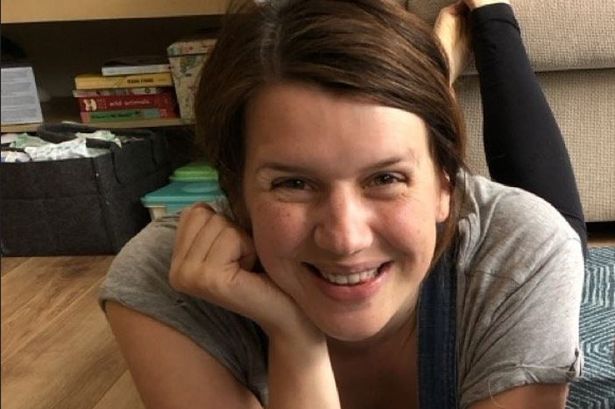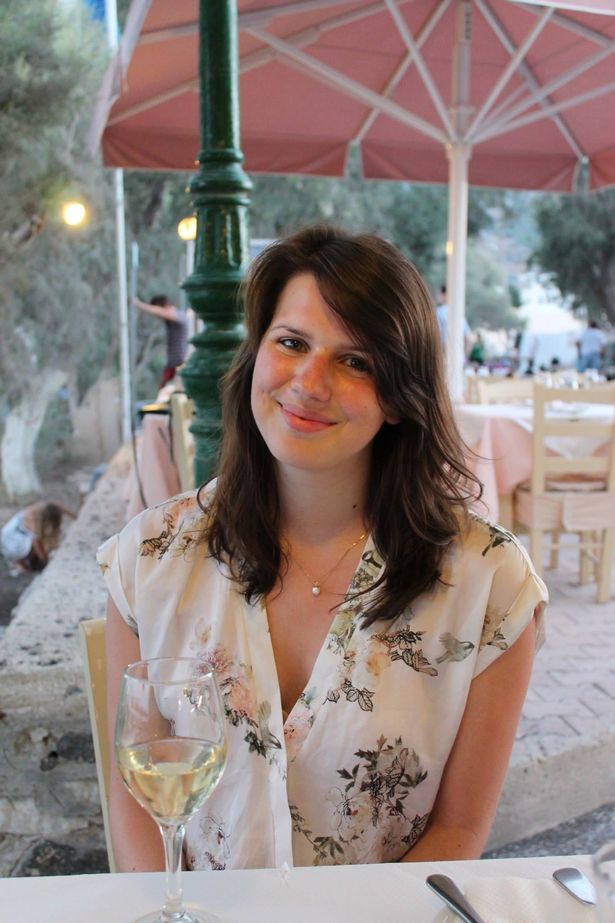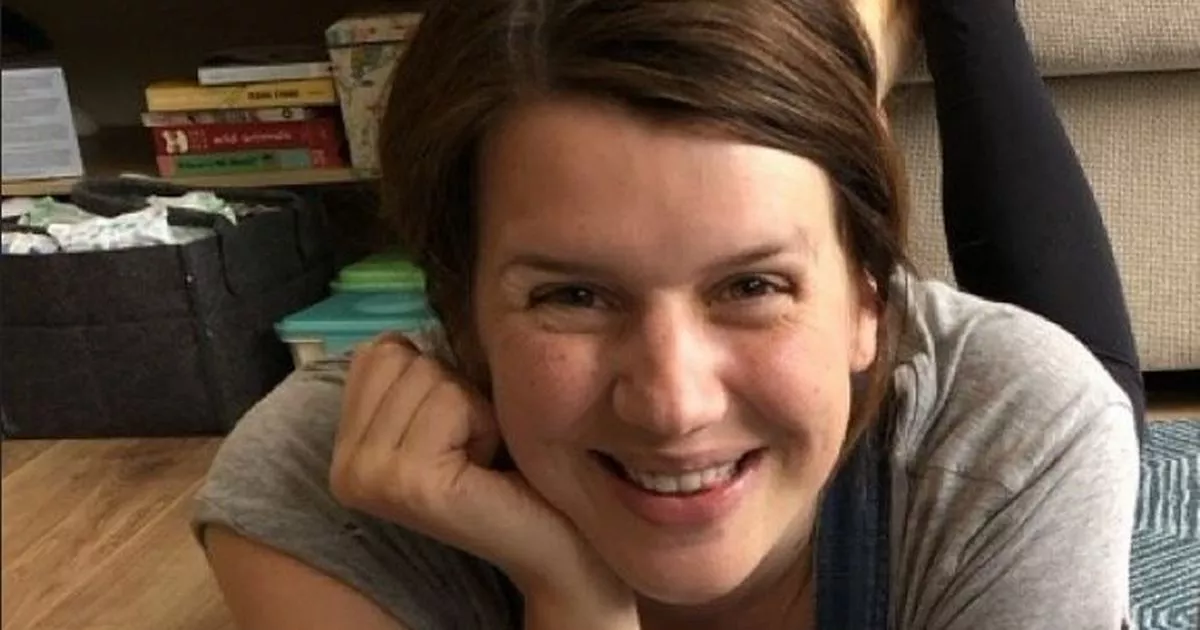‘I’ve dealt with earthquakes, where families have lost so many people. But this incident always hurts me because of how we lost everything within hours’ Jennifer Cahill, 34, and her newborn daughter Agnes died in June 2024(Image: Men Media)
Jennifer Cahill, 34, and her newborn daughter Agnes died in June 2024(Image: Men Media)
The deaths of a mother and baby after a horror home birth have been described as ‘one of the most tragic incidents’ in one doctor’s 40-year career.
Jennifer Cahill, 34, died in hospital on June 3, 2024, after giving birth at her family home in Prestwich which she shared with her husband, Robert Cahill, and their first child. Their second child, baby Agnes, also died in hospital four days later.
Agnes was born not breathing, covered in meconium and with the umbilical cord around her neck, before Mrs Cahill suffered a postpartum haemorrhage, with experts estimating up to two litres of blood lost. The pair were rushed to hospital separately following the whole host of complications.
Mrs Cahill’s cause of death was multi-organ failure due to cardiac arrest, due to postpartum haemorrhage.
Join the Manchester Evening News WhatsApp group HERE
On the ninth day of a two-week inquest into the deaths of the mother and child, the court was also told how there have been 74 home birth requests in Manchester since April.
Some 34 were considered ‘out of guidance’ – where the birth plan differs from standard healthcare recommendations and guidelines. Maternity services in the borough declined to support five of the requests because of safety risks.
More than half of the 29 home birth requests that did go ahead resulted in ‘obstetric emergencies of varying degrees’, with 15 cases leading to patients being rushed to hospital.
But national data about the safety, complications and outcomes surrounding home births is so lacking that ‘women cannot make an informed choice’, said Professor Edward Johnstone, the clinical head of division for maternity services, and Esme Polshaw, the head of midwifery, at Manchester University NHS Foundation Trust, which provided Mrs Cahill’s care.
“The evidence available is quite out of date. And it is very difficult as a lay person to find that information and make that judgement,” said Prof Johnstone.
Little Agnes was taken to North Manchester General Hospital for emergency care before being transferred to the Royal Oldham Hospital, where neonatal intensive care specialists cared for her in the days before her death from hypoxia leading to multi-organ failure.
Consultant neonatologist Dr Fazal Rehman gave evidence to Rochdale Coroners Court about her transfer.
He told of how Agnes had suffered a ‘severe hypoxic insult’, with the baby thought to be struggling for oxygen for at least an hour while still inside the womb as the umbilical cord was wrapped around her neck. The hypoxia, where the body is deprived of oxygen, also likely gave Agnes significant brain damage before her death.
Agnes was in ‘very poor condition’ when she arrived, heard the court. But Agnes’ dad and Mrs Cahill’s husband, Rob Cahill, shared how Mr Rehman and Royal Oldham staff ‘were really kind and looked after us really well’ in the hours and days before the second of the two devastating fatalities.
“Everyone remembers you,” Mr Cahill told the consultant at the end of the doctor’s evidence, thanking him for all of his efforts to try and save Agnes.
The courtroom brimmed with emotion as Mr Rehman responded with memories of his career, which began in Pakistan before he moved to the UK.
He said. “This is one of the most tragic incidents in my 40 years [in medicine].
“I’ve dealt with earthquakes, where families have lost so many people. But this incident always hurts me because of how we lost everything within hours.”
As a number of family members and friends broke down, Coroner Joanne Kearsley – often the voice gently advising family and witnesses that they can take a break when evidence becomes too difficult – was visibly moved.
In a striking moment in court, her voice wavered as she said: “I think the coroner may need to take a moment after the end of that evidence.”
 When the home birth became long and difficult, the scene descended into chaos as complications spiralled(Image: Men Media)
When the home birth became long and difficult, the scene descended into chaos as complications spiralled(Image: Men Media)
Mrs Cahill’s delivery was considered high-risk due to previous complications giving birth to her first child in 2021.
She had suffered postpartum haemorrhage losing 800ml of blood, requiring a transfusion. She also had an episiotomy and tear, and was also a carrier of group B strep.
Her first child went on to develop sepsis after being born, recovering later.
Mrs Cahill struggled with the prospect of delivering another baby in hospital, which she had found very stressful, her husband told the court earlier in the inquest.
Mrs Cahill was advised to have birth in hospital by both midwives and doctors throughout her pregnancy, being told there were considerable risks.
However, Mrs Cahill planned a home birth, hoping to have more control over the delivery – with one friend saying the mum ‘was not thinking she was high risk’ after being referred back to midwifery from consultant care.
Closer to the delivery, Mrs Cahill would refuse a test for group B strep. And in the weeks prior to Agnes’ arrival, she also had anaemia and test results that showed signs of pre-eclampsia.
These factors only added to the risks of the impending birth, especially at home, the court heard last week.
When the home birth became long and difficult, the scene descended into chaos as two community midwives, inexperienced with high risk home births, could not stop complications from spiralling.
The deaths instigated a ‘huge overhaul’ of maternity services in Manchester provided by Manchester University NHS Foundation Trus.
But the coroner said today that a ‘national awakening doesn’t appear to have happened’ – as many hospital trusts across the country are still plagued with stretched home birth services.
The coroner will deliver her conclusion on Monday, October 27.
